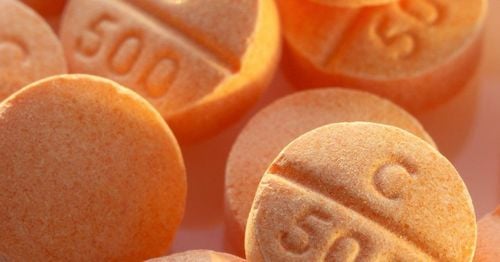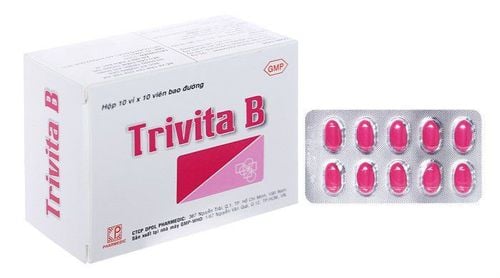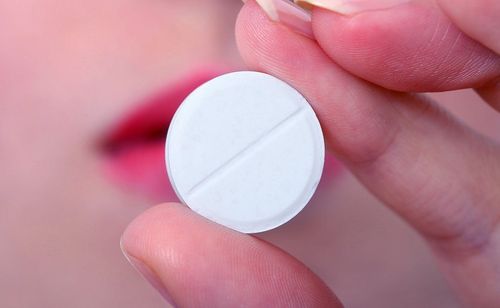This is an automatically translated article.
Most foods usually have to go through preliminary processing and processing before they can be used. However, when going through this stage together with the impact of factors such as temperature, light, pH... can change as well as lose nutrients of foods.
1. Changes in protein nutrients in food during processing
Protein nutrients in foods include meat, fish, eggs, shrimp, crab, eel, frog... to help build the body and synthesize antibodies to protect the body. When foods belonging to this group of nutrients are heated at 70 degrees Celsius, the protein can clump and then degrade. When foods are acidic, this process can happen at lower temperatures. Moderate coagulation can make protein easier to digest when entering the body. When cooking protein-rich foods at high temperature for a long time, the nutritional value as well as the biological value of protein can be reduced by forming indigestible bonds when introduced into the body. . This process often occurs with direct heating methods such as baking, steaming food in a high-temperature oven, frying food in grease for too long (fried foods can have quite high temperatures even). can be up to 200 degrees Celsius and when food is grilled on a charcoal stove, the temperature can be up to 300 degrees Celsius.
So with foods that provide high protein content such as meat, fish, eggs, you should only using temperature from 70 to 100 degrees Celsius to cook, cook and kill pathogenic bacteria including viruses Note that the meat close to the bone should not be left pink. Therefore, in order to make optimal use of this nutrient, it is recommended to limit the use of foods that are grilled, roasted, or fried in a high-temperature oven or in grease for a long time.
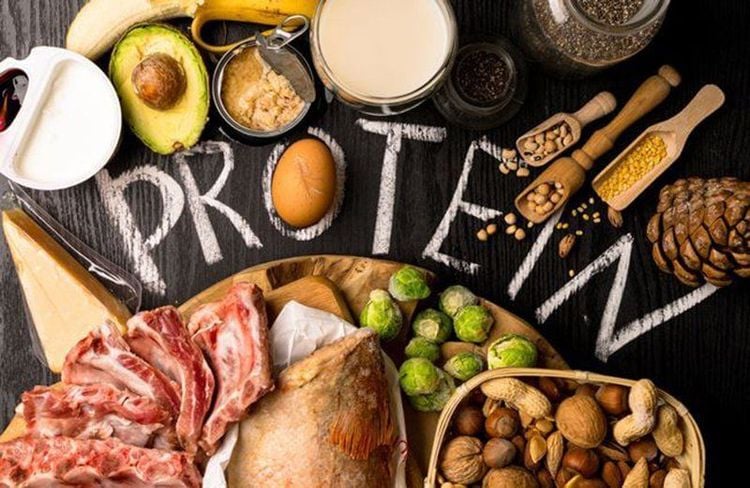
Mất chất trong thức ăn thường xảy ra trong quá trình bảo quản và chế biến
2. Changes in lipid nutrients in food during processing
Fatty nutrients found in foods including cooking oil, animal fat, butter, cheese... help provide energy in the most concentrated form. Fat helps your baby's body have good skin, and helps absorb fat-soluble vitamins well, and develop brain cells and the nervous system.
At not very high temperatures such as 102 degrees Celsius, grease or lipids do not have any significant changes other than being liquefied. However, when cooking grease or foods containing fat at high temperatures, the unsaturated fatty acids will be oxidized, reducing the available benefits that they bring to the user's health. At the same time, the double and triple bonds in these fats can be broken to form intermediate products such as aldehyde peroxides which are harmful to health and loss of nutrients in food.
When baking food on the stove, fat can melt and fall down and create a characteristic aroma, but in fact these aromatic substances are aromatic cyclic carbide which is not good for the body and is also one of the agents that have harmful effects on the body. carcinogenic risk to the user. Therefore, it is not recommended to reuse used grease through the high-temperature frying process, and also do not buy or use commercially available fried and roasted foods. Because often these facilities can use recycled grease, affecting the health of users.
3. Changes in carbohydrate nutrients in food during processing
The group of nutrients that provide carbohydrates or carbohydrates includes foods such as cereals, potatoes, tubers, etc. to help provide the necessary energy and fiber for children.
Carbohydrate composition includes simple sugars, double sugars, starch and cellulose. When processing at high temperatures, the simple sugars in foods will decrease, but the change is not significant. At the same time, the heating process for these foods makes the starch digestion process easier, the cellulose does not crack and becomes softer when entering, helping the digestive juices in the body. can be allowed to come into contact with the nutrients in plant cells - normally cellulose will form a membrane that covers the outside of the cells of nuts, tubers, vegetables. However, if you process these foods at high temperatures and especially in a dry environment without water, this can change these nutrients, making them difficult to eat. when put into the body, can even create substances that are toxic to the body.
Mineral nutrients such as calcium, phosphorus, potassium, magnesium... in these foods can change in quantity during cooking because they can be dissolved in water. Therefore, when using food, it is advisable to use both the female and the water part so that the optimal nutrient content can be provided.
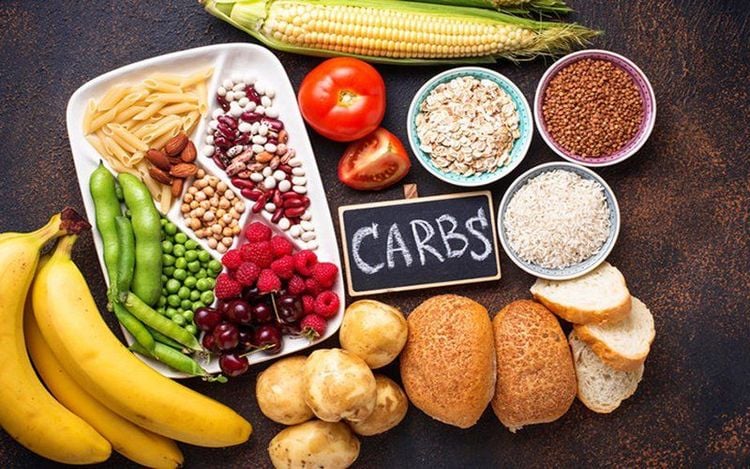
Chế biến thực phẩm chứa carbohydrate ở nhiệt độ cao và khô dễ dẫn tới tình trạng thức ăn mất chất xơ
4. Changes in vitamin nutrients in foods during processing
The group of nutrients that provide vitamins and minerals includes foods rich in vitamins and minerals such as green vegetables, ripe fruits, etc. to help provide vitamins and minerals to regulate the activities of the child's body, especially Rich in fiber to prevent constipation.
Vitamins are lost at what temperature? The vitamins in foods are subject to the most variation because these nutrients are less stable in the presence of the factors at play. The fat-soluble vitamins including vitamin A, vitamin D, vitamin E, vitamin K, are relatively stable with heating during processing, may lose a small amount of about 15-20%. In contrast, water-soluble vitamins may be more lost because of their solubility and ease of decomposition, especially in alkaline environments. Therefore, soaking food in water, boiling a lot of water and then pouring it out, using lime or alkaline environment to process dishes can lose quite a lot of vitamin B and vitamin C content, the loss content can be up to 90 %.
B vitamins have vitamin B1 which is the least stable under processing conditions, whereas vitamin B2 and vitamin PP are virtually indestructible. Therefore, when boiling meat, fish may lose a small amount of vitamin B group. Processing by suitable heating can lose about 20% of vitamin B group, especially vitamin B1 has a higher loss rate. Vitamin C belongs to the category of vitamins that are least stable to environmental conditions. This nutrient is not only easily dissolved in water, but also oxidizes quickly, especially at high processing temperatures. During storage, the vitamin C content will also lose itself. The amount of vitamin C lost depends on the storage method. Therefore, do not let vegetables and fruits be crushed, which can make the vitamin C content lose a lot.
Amylase enzyme present in vegetables can be released when vegetables are crushed and this compound will also participate in the oxidation process, making vegetables spoil faster, lose more vitamin C. When boiling, cooking vegetables need to put vegetables in boiling water and shorten the cooking time to avoid loss of this vitamin. According to statistics, the loss of vitamins will depend on the way food is used such as vitamin C will lose 50%, vitamin B1 will lose 30%, carotene will lose 20%...
Using the right temperature helps preserve the perfect nutritional composition of all foods. At the same time, it is necessary to ensure food hygiene and safety to help the body absorb and use optimal nutritional components.
Once you understand the question, at what temperature are vitamins and nutrients in food lost, you can consider preparing food to ensure the best source of nutrients for health.





